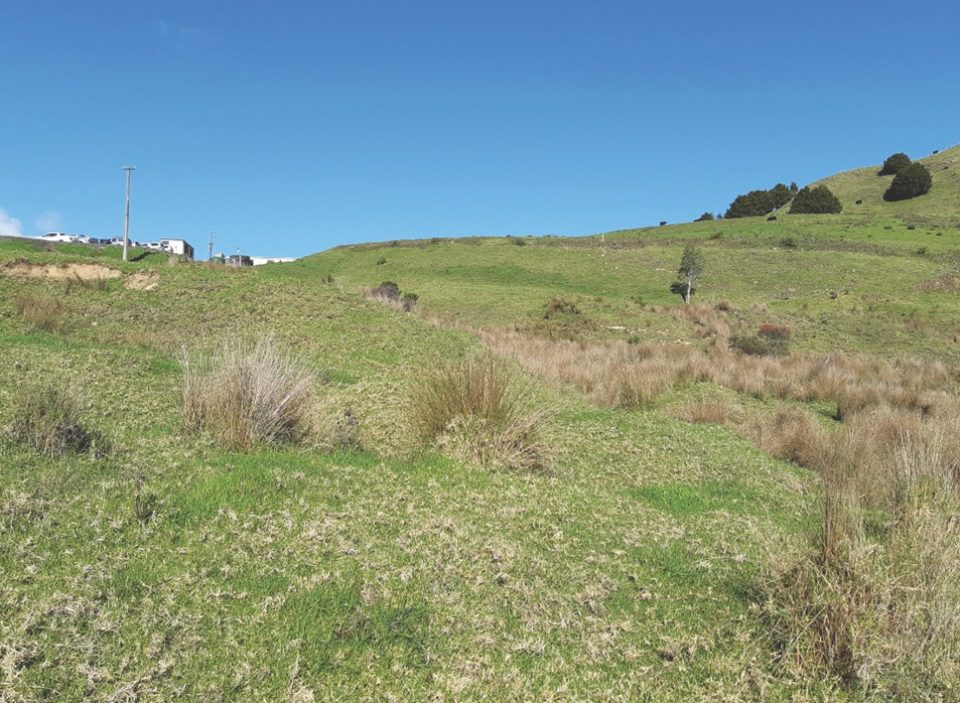There have been three significant resource wins for the quarry sector, each of which AQA CEO Wayne Scott says provide wider benefits for the industry.
From the AQA newsletter (Q&M Oct-November 20201).
The first win is the revised regulations proposed by the Ministry for the Environment (MfE) to rectify the restrictions on development around ‘wetlands’ announced last year in new freshwater regulations. MfE acknowledges this had impacted on 15.5 million tonnes per annum of current aggregate supply which would negatively affect achievement of the Government’s objectives on infrastructure projects and housing supply.
A consent pathway for quarries is now proposed, consistent with what the AQA suggested.
“Everything that we raised has been addressed,” says Wayne Scott.
“It’s been a bit painful and took some time, but we got there.”
The revised regulations are contained in an MfE discussion document Managing our Wetlands and accompanying regulatory impact statement. These propose to now define natural wetlands to exclude areas of pasture that have more than 50 percent ground cover
of exotic pasture species. Where a prohibition on development was in place under the initial regulations in an area which included natural wetlands, there will now be a consenting pathway for development within 100 metres of a natural wetland.
The MfE says the Government has recognised quarrying requires consenting pathways due to its national and/or regional significance and the occurrence of aggregates only in particular geographical locations.
The proposed changes continue to emphasise the preservation of ‘natural wetlands’ and regulate against inappropriate use and development, while providing a consent pathway for appropriate use and development.
The MfE says the obligation to offset any more than minor negative effects is consistent with the RMA’s direction to avoid, remedy or environment.
No carte blanche is provided for quarries in areas with natural wetlands – and Wayne Scott says that was never sought by the AQA or industry.
“Environmental protection is a good thing, and we support it but prohibiting development is not a viable option.”
Wayne says he cannot recall a recent quarry resource consent application that did not provide for some environmental gains.
“The key is to include in the application for a resource consent what the site will do to ensure positive outcomes for the local environment.”
Often quarries went well beyond what was required of them in environmental performance.
In its consultation with the Ministry for the Environment the AQA referred to case studies on three quarries – Isaac Construction’s quarry near Christchurch Airport, Fulton Hogan’s Stevensons site at Drury and Winstone Aggregates Pukekawa quarry in the Waikato.
“Each of these quarries and many others have been exemplars when it comes to managing natural wetlands and providing other environmental benefits. Often people have no idea that the park or community asset they are visiting, full of flora and fauna, was once a quarry.”
Submissions on the MfE discussion document and proposed new regulations close on 13 October.
Wayne Scott says it can only be hoped the changes are rapidly adopted by councils. The AQA and its Planning Committee will be closely monitoring things to see that the consenting pathways for development around wetlands don’t become bogs.


